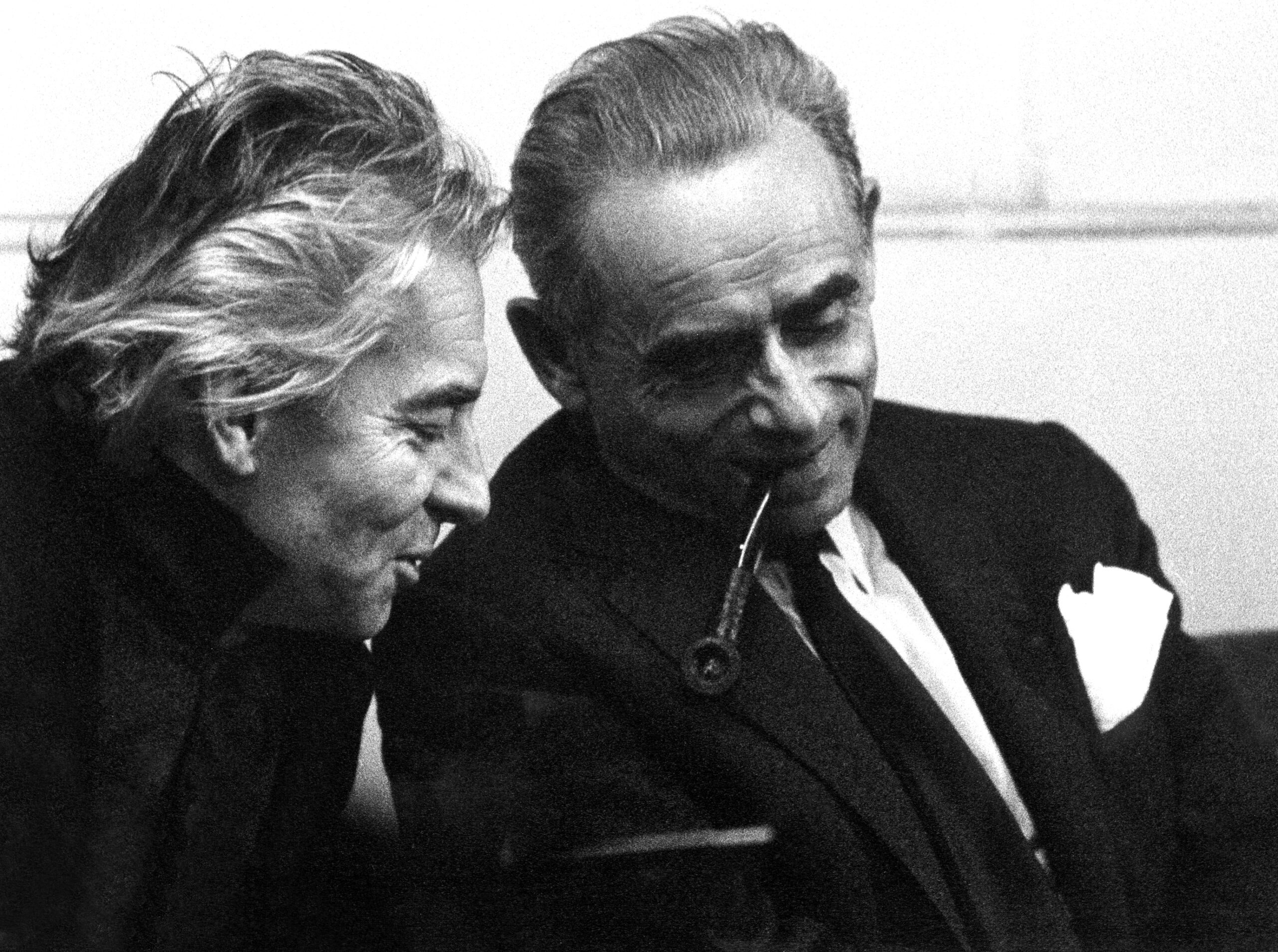27 June 2024
P.R. Jenkins
Karajan artists: Anton Dermota – the concert tenor

The lyric tenor Anton Dermota was a member of the legendary “Mozart ensemble” at the Vienna State Opera, an ensemble assembled immediately after the war (when the building was still destroyed) to present model performances and recordings of Mozart’s operas. Other members were Elisabeth Schwarzkopf, Irmgard Seefried, Sena Jurinac and Erich Kunz. Dermota, born in 1910, grew up in Slovenia in extreme poverty. He managed to get a scholarship for the Vienna Conservatory and in 1936 he was engaged at the Vienna State Opera, the opera house he was attached to his whole life. Dermota was in the cast when the young promising Kapellmeister from Aachen, Herbert von Karajan, gave his debut with “Tristan and Isolde” at the State Opera in the following year. The performance was a sensation in musical terms but a scenic mess. Dermota as the young sailor “perched far aloft in the crow’s-nest of the stage ship, had no visible means of contact with anyone. (Richard Osborne)”
After the war, Karajan wasn’t allowed to conduct public performances in Salzburg. He rehearsed with the orchestra and used stand-in conductors. Dermota, who was Don Ottavio in a new “Don Giovanni” production in Italian, recalled that Karajan even stepped in as a prompter when the “maestro suggeritore” (a position that was to cause a lot of trouble in Karajan’s era at the State Opera) didn’t turn up. A little later, Karajan worked in Vienna again and – starting in 1948 – performed literally every vocal work of his concert repertoire with Dermota: Bach’s “St Matthew Passion” and Mass in B minor, Haydn’s “Creation” and the “Nelson Mass” (Karajan’s only performance), Mozart’s Requiem, Beethoven’s “Missa Solemnis” and Ninth Symphony, Verdi’s Requiem and Bruckner’s Te Deum (the Brahms Requiem has no solo tenor part).

Apart from these repertoire works, Dermota also appeared in Stravinsky’s “Canticum Sacrum” and in “Das Lied von der Erde” for the Mahler centenary in 1960. Two studio recordings of Karajan and Dermota are still in the catalogues. Karajan’s first complete recording of “The Magic Flute” in 1950 (with Dermota as Tamino) and his first studio recording of Mozart’s Requiem in 1961.
Collaborations at the State Opera were not so frequent and centred around smaller parts: the young sailor in “Tristan and Isolde”, Alfred in “Die Fledermaus”, Froh in “Rheingold”, Cassio in “Otello” and the first herald in Pizzetti’s “Murder in the Cathedral”. It seemed that Dermota was jinxed in connection with Karajan’s stage productions. At their only joint performance of “Don Giovanni” with Dermota as Don Ottavio, one of his favourite parts, he was indisposed. Graziella Sciutti, the Zerlina, told Karajan’s biographer Richard Osborne:
“Dermota was obviously not well, even before he got to ‘Il mio tesoro’. When the aria started – well, he was in real difficulty. We were all standing there on the stage absolutely frigid with fear for him. […] Karajan completely reshaped the aria. Where there was a sustained note in the voice or a long phrase to negotiate he moved the tempo on. Every time there was a break in the phrasing, he made space for Dermota to breathe as fully as possible. I can tell you, Dermota wouldn’t have finished the aria with any other conductor. It was a miracle of conducting, not least because if you hadn’t known what was going on you probably wouldn’t have noticed that anything was wrong.”
Osborne continues: “Dermota alludes to the incident in his memoirs; a cautionary tale, he says, about the need to know when to cancel and when to soldier on. Afterwards, he apologised to Karajan who simply said, ‘But we are all only human’.”
And Dermota was dogged by bad luck as well: “The worst incident took place in 1961. Shortly after Dermota had been cast in what was possibly Karajan’s most famous production in Vienna, Debussy’s ‘Pelléas et Mélisande’, Dermota spotted his daughter in the centre of Vienna, wondered why she was not in college, ran across the road to talk to her, and was hit by a tram. Karajan sent him flowers but the role of Pelléas went elsewhere.”
After Karajan’s resignation from the State Opera in 1964, Dermota never worked with him again but continued performing in Vienna. In 1980, at the age of 70, he sang the shepherd in Carlos Kleiber’s “Tristan” recording.
— P.R. JenkinsRichard Osborne: “Karajan. A Life in Music” Chatto & Windus, London. 1998


